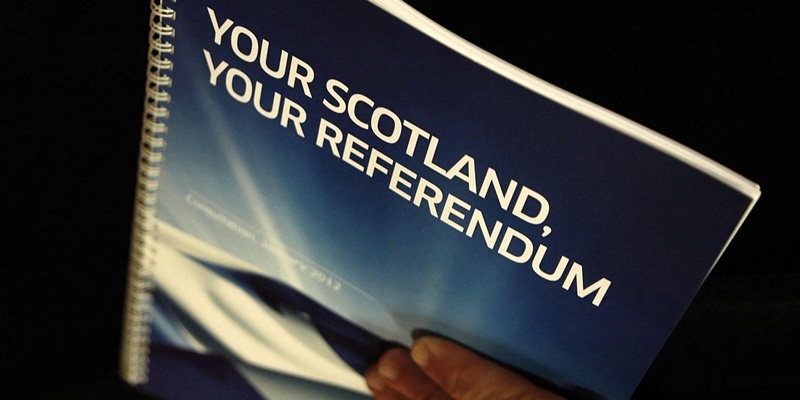Alex Salmond has insisted the wording of the independence referendum question will meet ”the highest international standards.”
The First Minister pledged the involvement of the Electoral Commission in ensuring a fair and clear question would be ”identical” to that in Westminster referendums.
But he repeated his refusal to opposition party requests for a cross-party group of independent experts be set up to formulate the question.
”By accepting the central role of the Electoral Commission, we have accepted the requests previously put forward by the opposition parties,” he said.
”However, the referendum will still meet the requirement of being made in Scotland, with the Government responding to the Scottish consultation, the Electoral Commission advising and recommending potential changes and parliament deciding as part of the legislative process.”
Ministers want to respond to the consultation on the staging of the referendum, then propose the question or questions, which keeps the door open to a multi-option ballot.
The commission will then send advice and test the intelligibility of the question, including any recommendation for changes, which MSPs will be able to debate.
Mr Salmond’s comments appeared in a letter sent to Scottish Conservative leader Ruth Davidson and copied to other leaders, including the independent MSP Margo MacDonald.
Ms Davidson wrote to the First Minister on June 22 asking for a meeting to discuss the possibility of appointing the independent body to suggest the wording of the question for the ballot in autumn 2014.
Responding to the letter, Ms Davidson said: ”A body of relevant experts would be best placed to suggest one question that can be put to the Electoral Commission for scrutiny, rather than it being framed by one party or individual.”
Lib Dem leader Willie Rennie said it was ”disappointing” the Scottish Government would not agree to the plan, while Scottish Labour leader Johann Lamont added she would continue to seek ”consensus” on the issue.
The development came as a new poll suggests 28% of SNP supporters would opt for increased devolution while remaining in the United Kingdom.
More than half of Labour voters and just under one-third of Conservatives would also back more power short of independence.
There has been increasing debate in recent weeks about whether a second question should appear on the ballot paper.
Former Lib Dem MSP Jeremy Purvis, leader of the Devo Plus group, said the poll shows ”most ordinary people across Scotland are less interested in the contortions over the issue of the ballot paper but are wanting parties to work together on how to deliver a stronger Scottish Parliament within the UK.”
Photo by Danny Lawson/PA Wire
